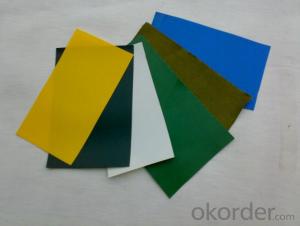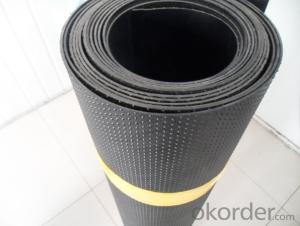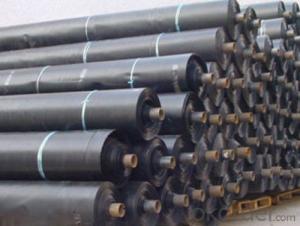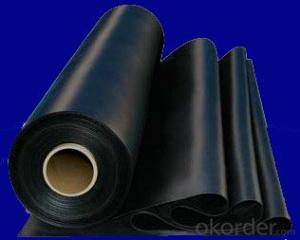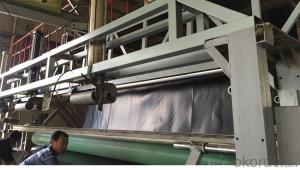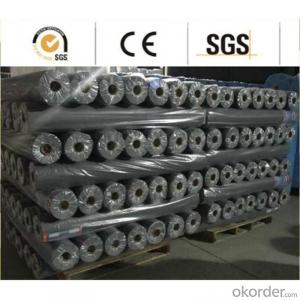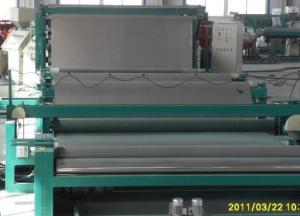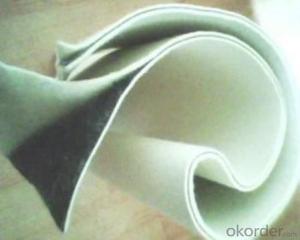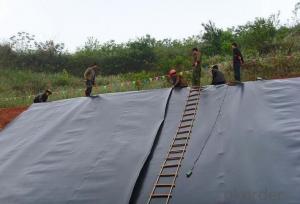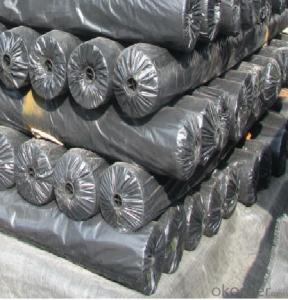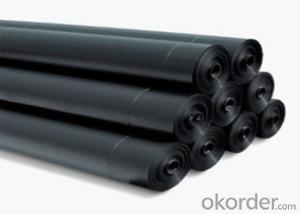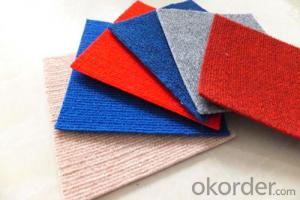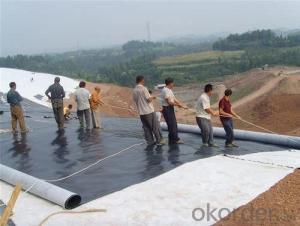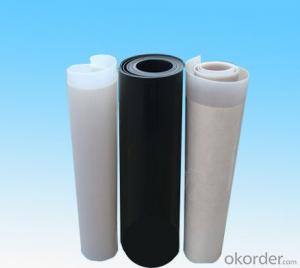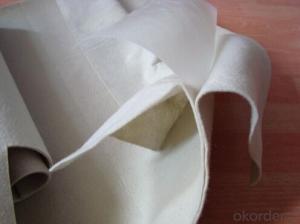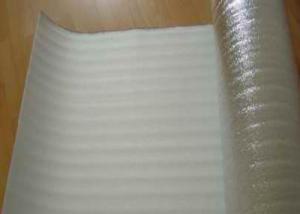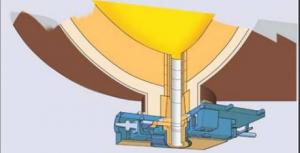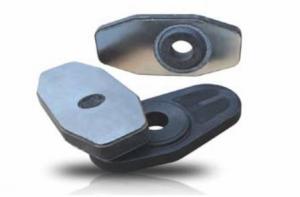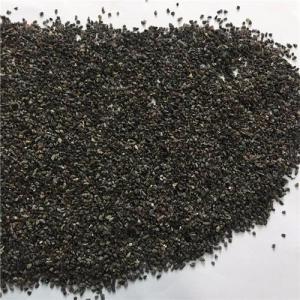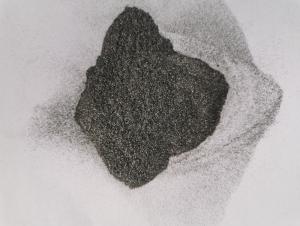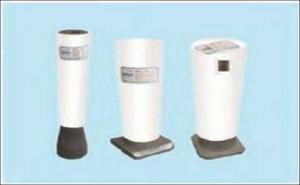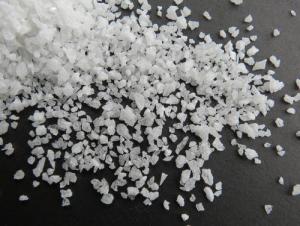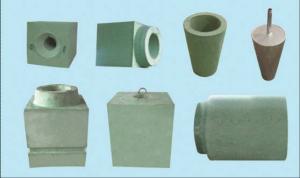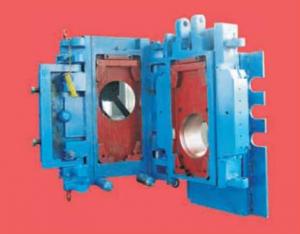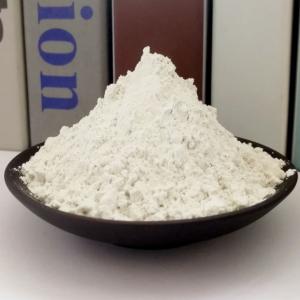Permeable Geomembrane
Permeable Geomembrane Related Searches
Blu Ray Player With Internet Geomembrane In Pakistan 30 Mil Pvc Geomembrane Pvc Geomembrane Specifications Pvc Geomembrane Geomembrane Machine Plastic Geomembrane Nonwoven Wallpaper Geomembrane Material Geomembrane FabricHot Searches
Geomembrane For Sale China Pvc Geomembrane China Geomembrane Roll Sheet Hdpe Geomembrane Sheet Price Hdpe Geomembrane China China Geomembrane Geomembrane China Hdpe Geomembrane Price Geomembrane Price Wholesale Hdpe Geomembrane Roll Geomembrane Factory Wholesale Liner Hdpe Geomembrane Wholesale Geomembrane Hdpe Wholesale Hdpe Geomembrane Geomembrane Market Size Wholesale Hdpe Geomembrana Wholesale Liner Geomembrane Geomembrane Liner Supplier Wholesale Geomembrane China Pvc GeomembranePermeable Geomembrane Supplier & Manufacturer from China
Okorder.com is a professional Permeable Geomembrane supplier & manufacturer, offers integrated one-stop services including real-time quoting and online cargo tracking. We are funded by CNBM Group, a Fortune 500 enterprise and the largest Permeable Geomembrane firm in China.Hot Products
FAQ
- How much is the content of boron carbide in refractory material?
- Is it available to iron materials?. Answer: It can be applied to all products, what you need is just a general proportion. Nevertheless, you’d better tell me what product it is exactly.
- What are the main characteristics of the sic refractories?
- The physical properties of SiC refractories include structural properties, thermal properties, mechanical properties, usability and job performance. The structural properties of refractory include porosity, bulk density, water absorption, air permeability, an the distribution of pore size. The thermal properties of refractory include thermal conductivity, thermal expansion coefficient, specific heat, heat capacity, thermal diffusivity, and thermal emission rate. The mechanical properties of refractories include withstand voltage strength, tensile strength, anti bending strength, torsional strength, shear strength, impact strength, abrasion resistance, creep resistance, adhesive strength, and elasticity modulus. The usability of refractories include refractoriness, load softening temperature, linear?change?on?reheating, thermal shock resistant performance, slag resistance, acid resistance, alkali resistance, hydration resistance, corrosion resistance to CO, conductivity, and inoxidizability.
- How to divide fire resistant level of fire door?
- Fire resistant level of fire door【Class A fire door】. Class A fire door is also called complete fire door. It can meet the requirement of fireproof thermal insulation and refractory integrity at the same time in specified time. Fire resistant levels are 0.5h(Grade C), 1.0h(Grade B), 1.5h(Grade A) and 2.0h, 3.0h. 【Class B fire door】Class B fire door is also called part heat insulation fireproof door. Its requirement of fireproof and thermal insulation performance is 0.5h. Refractory integrity levels are 1.0h, 1.5h, 2.0h and 3.0h respectively. 【Class C fire door】Class C fire door is also called not thermal insulation fireproof door. Ther is no requirement of its fire resistance and thermal insulation. It only meets the requirement of refractory integrity in specified refractory time. The grading of refractory integrity is 1.0h, 1.5h, 2.0h and 3.0h respectively. There is the content of not thermal insulation fire door in British BS standard.
- How to detect the acid resistance of refractory? Is there any standard? Thank you
- What material it is. There are many kinds of refractory materials, and I basically understand all petrochemical refractory.
- Why can aluminium hydroxide not be used to make refractory material?
- Hope my answer is helpful to you. It decomposes and produces aluminium oxide and water after heating, chemical equation for the reaction is: 2Al(OH)3=△=Al2O3+3H2O. Aluminium hydroxide can't be directly used to make refractory material because aluminium hydroxide is not stable.
- What are the new refractories? What are the features? How about their application and development?
- In metallurgy, in what position should it be used, in order to make the best. Answers are as following. In iron, steelmaking or converter. When questioning, pay attention to the ways. Answers: Try to use synthetic refractory materials.
- How many grades of fire?rating are there for interior decoration materials?
- It can be divided into construction classification and fire resistance rating. Fire prevention for buildings. Fire prevention measures should be taken in the architectural design to prevent fires and reduce fire hazards to life and property. Building fire protection includes two aspects: fire prevention before fire disaster and measures in fire disaster, among which the former is mainly to confirm the fire resistant rating and fire-resistant structure.
- how to classify Insulating Refractory ?
- Low-temperature thermal insulation materials (less than 600 degrees Celsius): medium temperature thermal insulation materials such as diatomaceous earth, asbestos tile (600-1200 degrees C): high temperature thermal insulation material vermiculite, light clay bricks(greater than 12,000 degrees Celsius): Lightweight corundum brick raw materials: Clay, high aluminua, silica, magnesia










